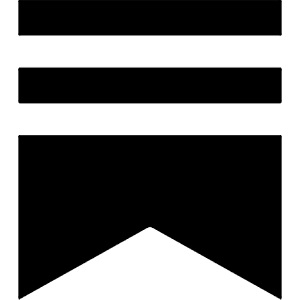Two math cultures
December 15, 2024
I’ve noticed two distinct approaches to math: math as engineering and math as discovery.
Math as engineering considers math primarily as a tool. You want to solve a problem, and you throw math at the objective until something gives. You ask what kind of assumptions you can adopt that will make whatever you need to work, work. You apply math to solve problems in science or economics. You typically know the kind of solution you’re looking for, and you deploy some math to help you along the way.
Math as discovery starts with a set of assumptions and examines the consequences. You begin exploring mathematical structure like one explores a dark room, feeling your way around, bumping into an edge here and there, fumbling your way towards the light switch, slowly understanding how everything is connected. You often don’t even know the flavor of the kinds of things that will be true before you start.
Math as engineering is the kind of math most of us become familiar with at school. You’re asked to calculate—to find the flow rate of water into a tank, or how much hydrogen you need to balance the reaction, or the allele frequency in a population. In engineering mode you ask questions like “how can I show that?” or “how do I make this happen?”
In math as discovery, you might begin with a set of assumptions, or an intriguing definition, and then see what’s true as a result. Perhaps you begin with the natural numbers, and then notice that only each second number can be divided by two. Why is that? So you prove it. Are there as many even numbers as odd numbers? How do you reason about the size of infinite sets? And you’re off to the races. In discovery mode you ask questions like “what is true here?” and “could it be that?” and “I wonder if?”
Math as engineering vs math as discovery somewhat tracks the distinction between pure and applied math. Applied problems tend to lend themselves to math as engineering, whereas math as discovery is typically the domain of pure math. But the distinction is not only a feature of the problem at hand. It’s also an attitude. Even in pure math, once you believe something is true, you often enter engineering mode and start asking yourself how you can prove it. Once you prove it, or fail to prove it and start wondering if it’s false, you enter discovery mode again.
Of course, math isn’t the only endeavor with both a discovery mode and an engineering mode. All kinds of research, and daily life in general, consists of alternating between modes of investigation. But the idea that there’s a discovery side to math is foreign to most, because that’s not how math is taught at school. And that’s very sad, because that’s the magical part. It’s the feeling of discovery resulting from the exploration that students of math are addicted to, not calculating derivatives.
Back to all writing
Subscribe to get notified about new essays.



